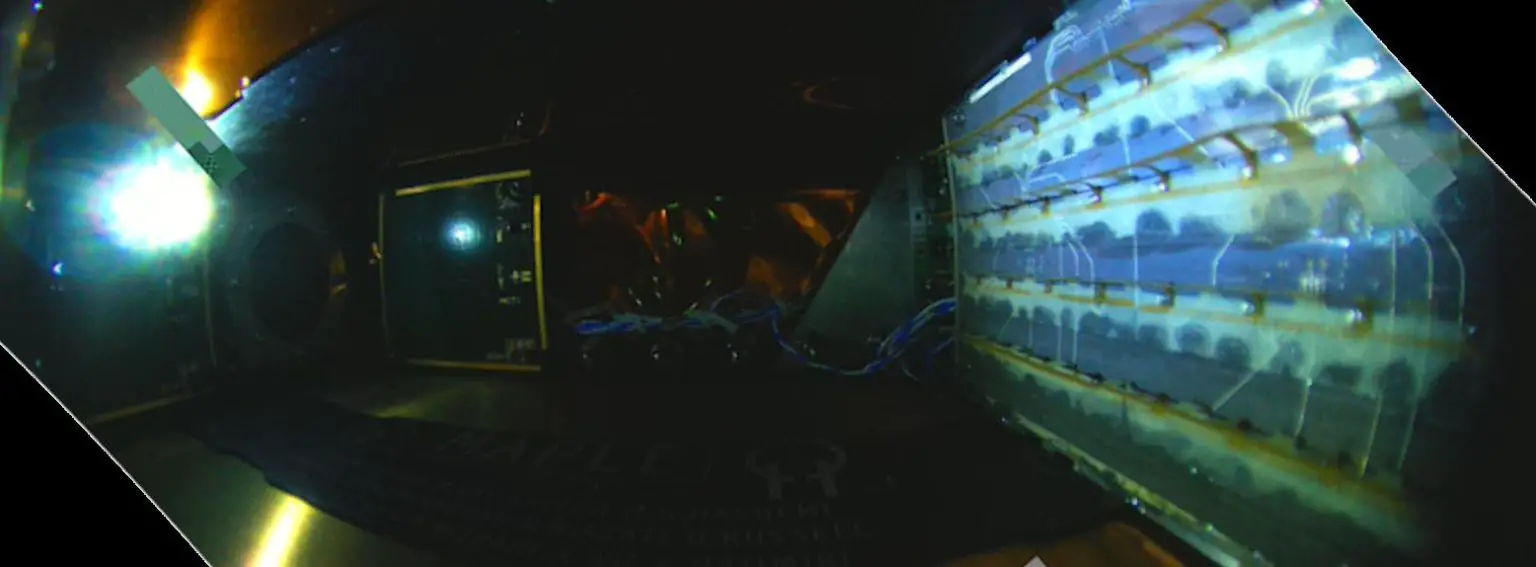Quantum devices can slow down chemical reactions.
Why does somebody want to slow chemical reactions? The reason for that is simple. When the system can adjust the speed at which compounds between atoms and molecules are forming the system can control those processes better. The ability to create complicated molecules is important in nanomechanics. If the system can connect certain nutrients in certain molecules.
The Van der Waals forces are playing a key role in nanotechnology. And actually, nanomachines are Van der Waals molecules. Van der Waals molecules are complicated structures that researchers use to create new complex molecular structures.
That allows us to make new types of medicines. And nanomachines can clean nervous systems from plaque in the next generation of medicines. Nanotechnology has multiple solutions in the computing, medical, engineering, and also in the military applications. Nanotechnology requires that the system can control chemical compounds between atoms and molecules.
"Scientists at the University of Sydney used a quantum computer to slow and directly observe a key chemical reaction process, unveiling details previously unseen due to rapid timescales. This breakthrough offers new insights for materials science, drug design, and other fields." (ScitechDaily.com/Quantum Device Used To Slow Down Chemical Reaction by 100 Billion Times)
********************************************************************************
"A wavepacket evolving around a conical intersection, measured experimentally using a trapped-ion quantum computer at the University of Sydney.
"To observe how a wavepacket behaves around a simulated conical intersection, researchers used a single trapped ion – a single charged atom of ytterbium confined in a vacuum by electric fields."
"It was then controlled and measured by applying a complex and precise sequence of laser pulses."
"The mathematical model that describes conical intersections was then engineered into the trapped-ion system."
"The ion was then allowed to evolve around the engineered conical intersection."
"Researchers then constructed a movie of the ion’s evolution around the conical intersection (see GIF). Each frame of the GIF shows an image outlining the probability of finding the ion at a specific set of coordinates".
Credit: University of Sydney (ScitechDaily.com/Quantum Device Used To Slow Down Chemical Reaction by 100 Billion Times)
*******************************************************************************
Quantum devices can slow down chemical reactions virtually. And now in real life. A chemical reaction is an event where atoms or molecules make electromagnetic compounds between other atoms or molecules. Those compounds are electromagnetic bridges or channels between the chemical components. The energy level of participants in the reaction determines how strong the reaction could be. The quantum computer can make extremely accurate calculations about those reactions.
However, there is a possibility that a similar technology used in quantum computers can also used to adjust the energy level of a single electromagnetic bridge. There could be a possibility that the highly accurate quantum lasers that can operate by using single photons whose energy level is highly accurately adjusted can push the electric bridge called Van der Waals compound into the wanted direction at molecular or even atomic level.
Those quantum lasers along with scanning photonic microscopes that allow researchers to see single atoms in a molecule make it possible to connect atoms in precisely accurate places in molecules. And that thing makes it possible to create new very complicated molecules. The quantum system can push atoms on very low-energy layers by using photons or low-energy ions that make those atoms and molecules act like billiard balls. The quantum system also can make it possible to pull energy out from certain Van der Waals compounds.
https://scitechdaily.com/quantum-device-used-to-slow-down-chemical-reaction-by-100-billion-times/?expand_article=1
https://en.wikipedia.org/wiki/Van_der_Waals_force
https://en.wikipedia.org/wiki/Van_der_Waals_molecule
























